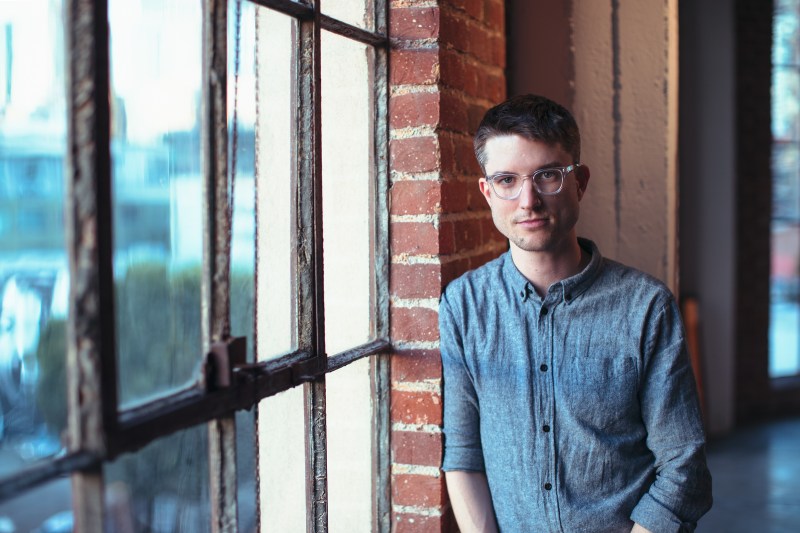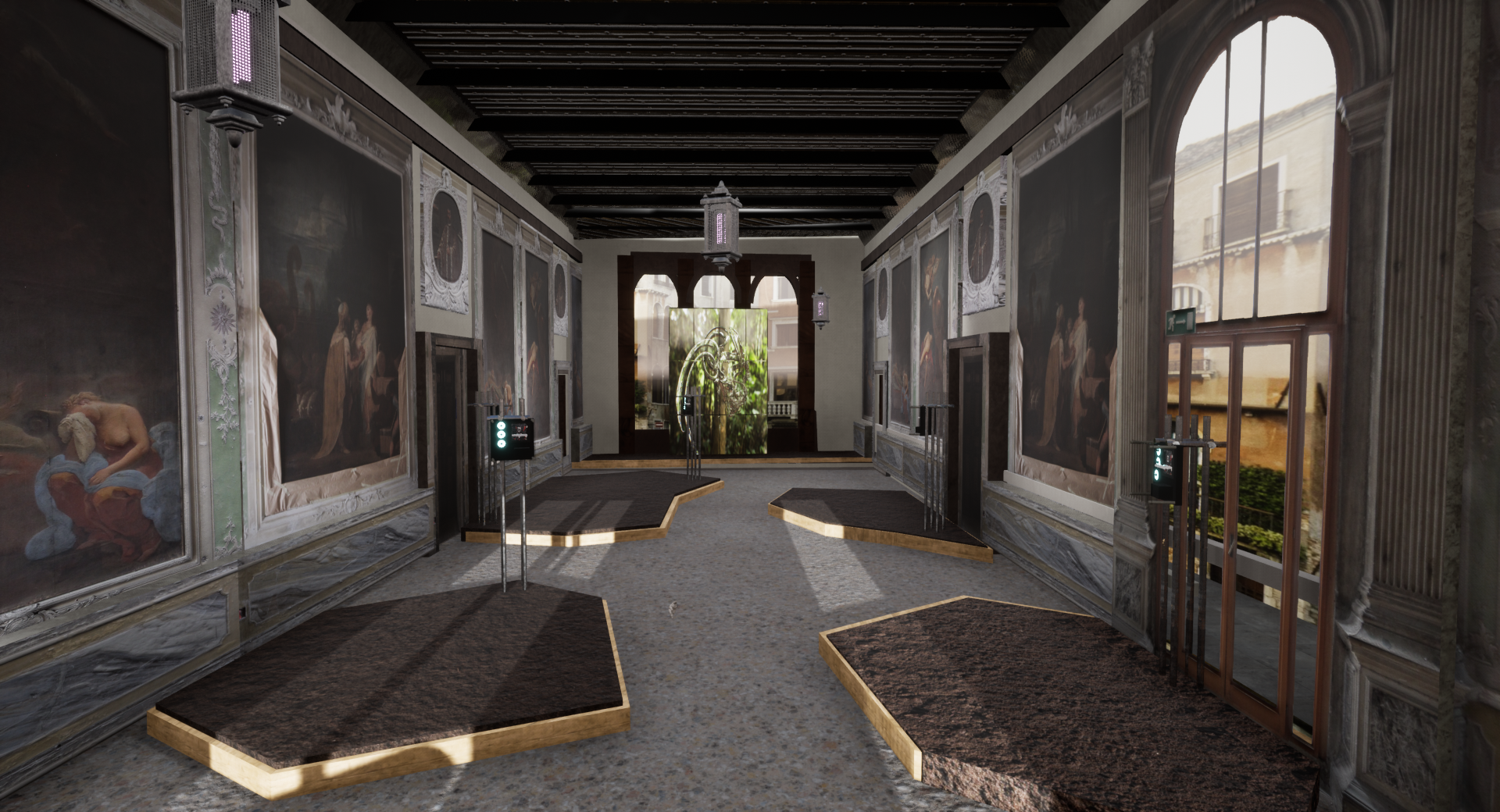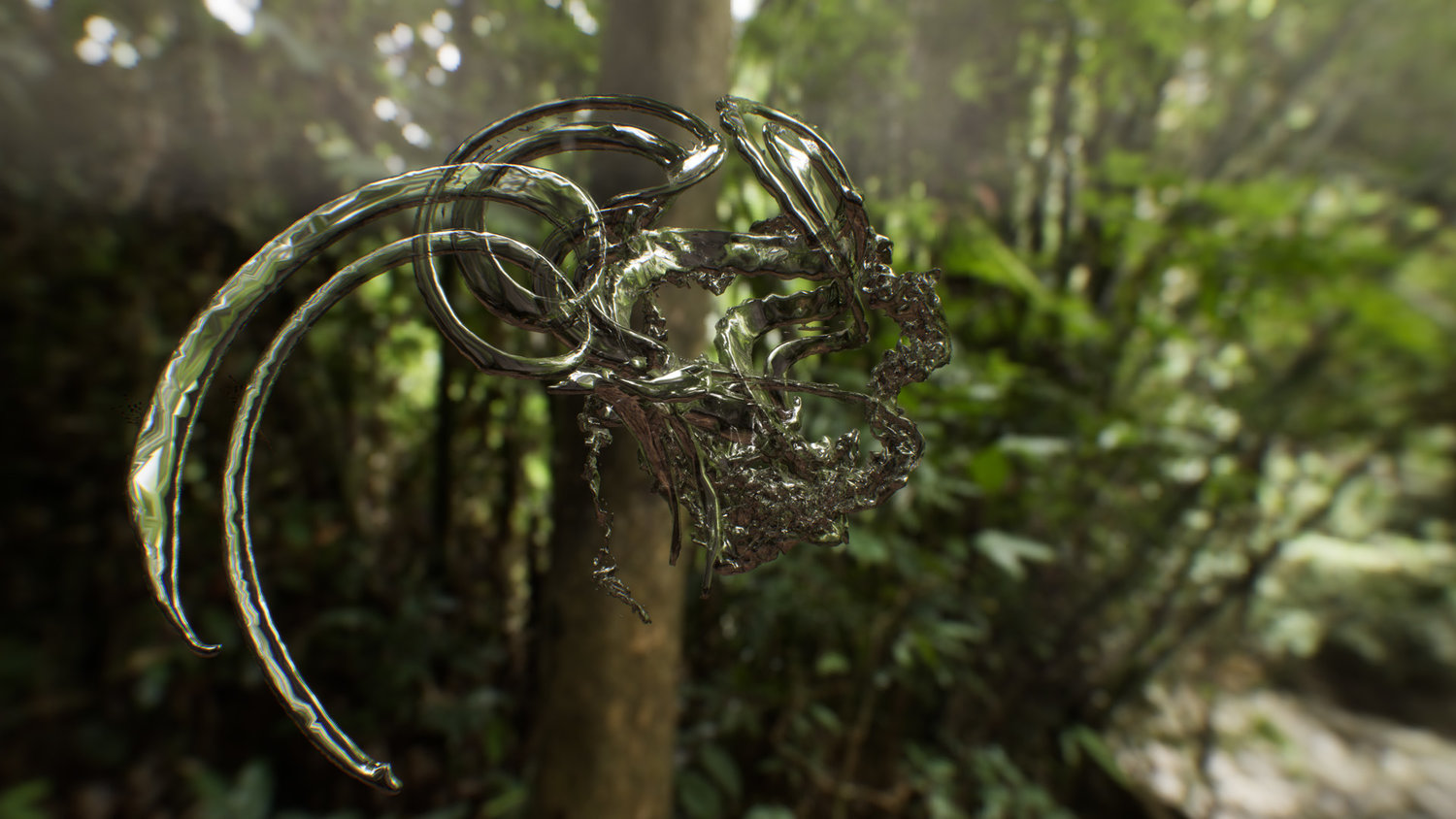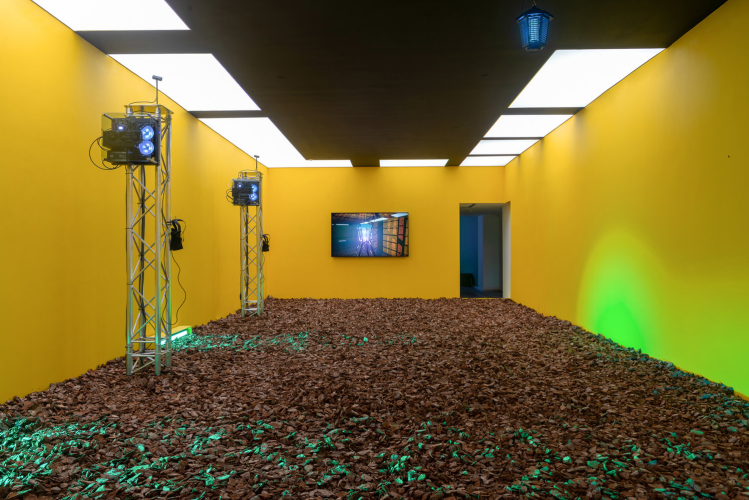Back in January I explored the rising popularity of impact investing, a trend that I think at its essence is all about us as a society looking for better ways to organize value so that we can more effectively tackle global challenges. As our definition of what “profit” means continues to widen, I expect that we will see more adaptations of current models along with the introduction of new frameworks that enable the system to amplify cultural and environmental impact, wherever it is they are created.
For example, we can already see the art world going through its own kind of evolution as artists and independent creators experiment with immersive mediums like VR and AR; emerging technologies that amplify their capacity to have a cultural impact through the emotional truths that art forms invariably impart. The question is whether we can scale up the $67.4 billion fine art market by creating new frameworks that place artists in a stronger position to help steer society.
“Culture is society’s operating system. It is the program that dictates how people interact with each other. And it is Art that allows us to reprogram culture. Art shows us who we are or who we might become and in the process shifts culture.” says René Pinnell, the CEO and founder at Kaleidoscope VR, a funding platform and network for independent VR artists and creators. “So in order to reprogram our culture and form a true global community that is capable of addressing the global threats we face, then we need more art. Lots more art. A thousand times more art.”

Above: René Pinnell, the CEO and founder at Kaleidoscope VR.
Pinnell and his team have spent the last few years executive producing over 20 XR projects that have collectively raised over $4 million, and all along the way with the mission to figure out the best ways to bring together creators, investors, and industry leaders in order to help fund the next wave of great immersive art and entertainment projects. What they found time and time again to be true is how insanely difficult fundraising is for the majority of creators, even despite a history of past success.
Scaling economic scarcity to XR
So after a year of research and $30,000 in legal fees, Pinnell came to the conclusion that the answer to fixing what is otherwise a broken system for creators is in reframing the fine art world’s scarcity economy by expanding it to include digital mediums, starting with XR, and scaling it through a platform that makes fundraising easy, accessible, and repeatable for independent creators.
For many, especially those outside of the art world, this means overcoming the initial mental hiccup of presuming that the fine art model of selling limited editions only pertains to physical objects and cannot be extended to all digital mediums. The truth is, however, that as long as the art form has expressive value about the human condition, then it simply shouldn’t matter. In fact, it is a model that has long been successfully applied by artists, including those working more recently with XR.
“Within the art market the solution was to work with limited editions: The fewer editions, the higher the price of the work. When video came along in art, editions became smaller. So an artist would make maybe 2, 3, 4, 5 or 10 editions, instead of 100 photographs.” says Jakob Kudsk Steensen, a prominent Danish XR artist who runs his studio out of New York. “My own work follows this tradition. So I have been selling limited edition digital and video pieces, often in editions of 3, sometimes 4, at prices of $20-35,000, and with a few art works 10 or 20 at lower prices like $3,000.”
Steensen’s work reflects a collaboration with natural history institutions and biologists to identify new perspectives on nature. As a bridge between the physical and immersive worlds, his work naturally includes physical installations that pair with the XR art form and are presented in galleries, festivals and biennials like his upcoming three-month installation at the 2019 Venice Art Biennale for the Future Generations Art Prize exhibition.

Above: 2019 Venice Art Biennale for the Future Generations Art Prize exhibition.
An investment asset with wheels
“If you buy a work you get the rights to show it in public as an installation. You cannot distribute it, only show. You also receive support from me to adapt it to future technologies.” says Steensen. “So you can resell it. In fact, many who collect art do so as an investment. My artworks are already worth twice as much now as they were two years ago.”
The idea is that the value of VR art appreciates over the years just like physical art works. The act of buying a limited edition of a project during its commissioning phase represents the same collective agreement in a free market setting that has drove the fine art market for centuries. Limited editions vouch for the market’s appreciation of a concept and its speculative potential for long-term cultural impact.
Steensen continues: “For more commercial projects where the number of potential buyers is likely to be much great, it would make more sense to issue a large run of prints in the 1,000 to 10,000 range. For a project that costs a few million dollars to make this would bring the per print price down to something around $500 to $1,000.”
A buyer of a limited edition is a category that collapses the profiles of an investor, private collector, and fan into one, and for Pinnell’s version of the model, gives the buyer special rights reminiscent of a crowdfunding model like early access, special features, and credit (emotional equity), but also financial equity like royalties, the right to profit by showing the work, and the right of first refusal.
Right of first refusal is especially key. It offers a limited edition owner the right to invest under favorable terms for a piece of IP as it continues to evolve. Pinnell gives the example of Beat Saber, which has become by far the biggest industry success story to date with over 1 million copies sold. If someone had purchased a limited edition of the Beat Saber IP, they would have the first right of refusal on investing in any future project related to that IP.
VR spaces as potential early buyers
My bet is that location-based XR spaces like VR arcades, which have begun to trend in western markets since last year, might serve as one group of potential early buyers because it will, in my opinion, offer them a more meaningful and purposeful alternative to the current licensing model that the majority of operators otherwise have in place with content creators. Whether they agree with the model’s potential, however, has in my personal survey proved to be a mixed bag of conflicting opinions, which is to be expected of any new experimental framework that’s worth its salt.

Above: What does extinction sound like?
“I think the model is inherently artificial and difficult – it’s an impedance mismatch of mediums.” Siqi Chen, President and Chief Product Officer at Sandbox VR told me. “Physical artwork are inherently limited, but digital mediums are meant to be free and unconstrained outside of the blockchain. I don’t believe the limited edition concept is naturally tied to expressive value, but it’s more intricately tied to the nature of the medium, and it’s not a natural fit for digital mediums.”
Walking the regulatory tightrope
There is also, of course, the risk that the model falls under the SEC’s definition of a security, in which case Kaleidoscope’s platform will have to operate under the SEC’s regulations.
“The model will still work in this case, it will just make operations more complicated for all parties involved. However, I believe there is a way to structure it so that we fall outside of the SEC’s purview.” says Pinnell, who has two related ideas at the moment on how to work the model around the regulatory challenge:
- First, Kaleidoscope manages all revenue for projects and we use any money a project generates to buy and destroy limited editions from both collectors/investors as well as from the project’s creators. This will give both collectors and creators liquidity for their limited editions and it will drive up the price of the remaining limited editions especially because we are destroying the ones we buy.
- The other idea is involve the collectors in certain aspects and decisions of the project. The SEC’s definition for what a security is is based on the Howey test and a big component of that is about the “work of others”. Basically, if you invest in something and you’re not doing any work yourself then it is often considered a security. So if we have input from collectors about key creative and business decisions and generally involve them in the process of making, distributing, and marketing the project then that starts to feel less like “the work of others” and instead feels more like large scale collaboration.
For a more detailed walk-through, you can watch Pinnell’s full presentation from SXSW 2019 so that you can determine for yourself whether this “more equitable, transparent, and artist friendly” model has legs to stand on. There is also a Telegram group that has been created in order to collect and absorb feedback from the creator community so it can all be incorporated into the first iteration of the Kaleidoscope platform.
Amir Bozorgzadeh is CEO at Virtuleap, the startup that maps emotions in VR and AR using neuroscience research and machine learning, so that companies and brands can know if their users are excited, uncomfortable, or bored out of their minds.

